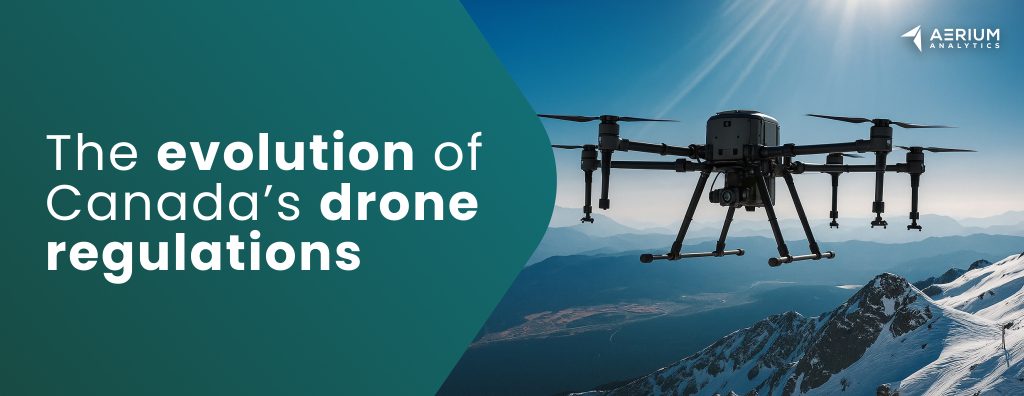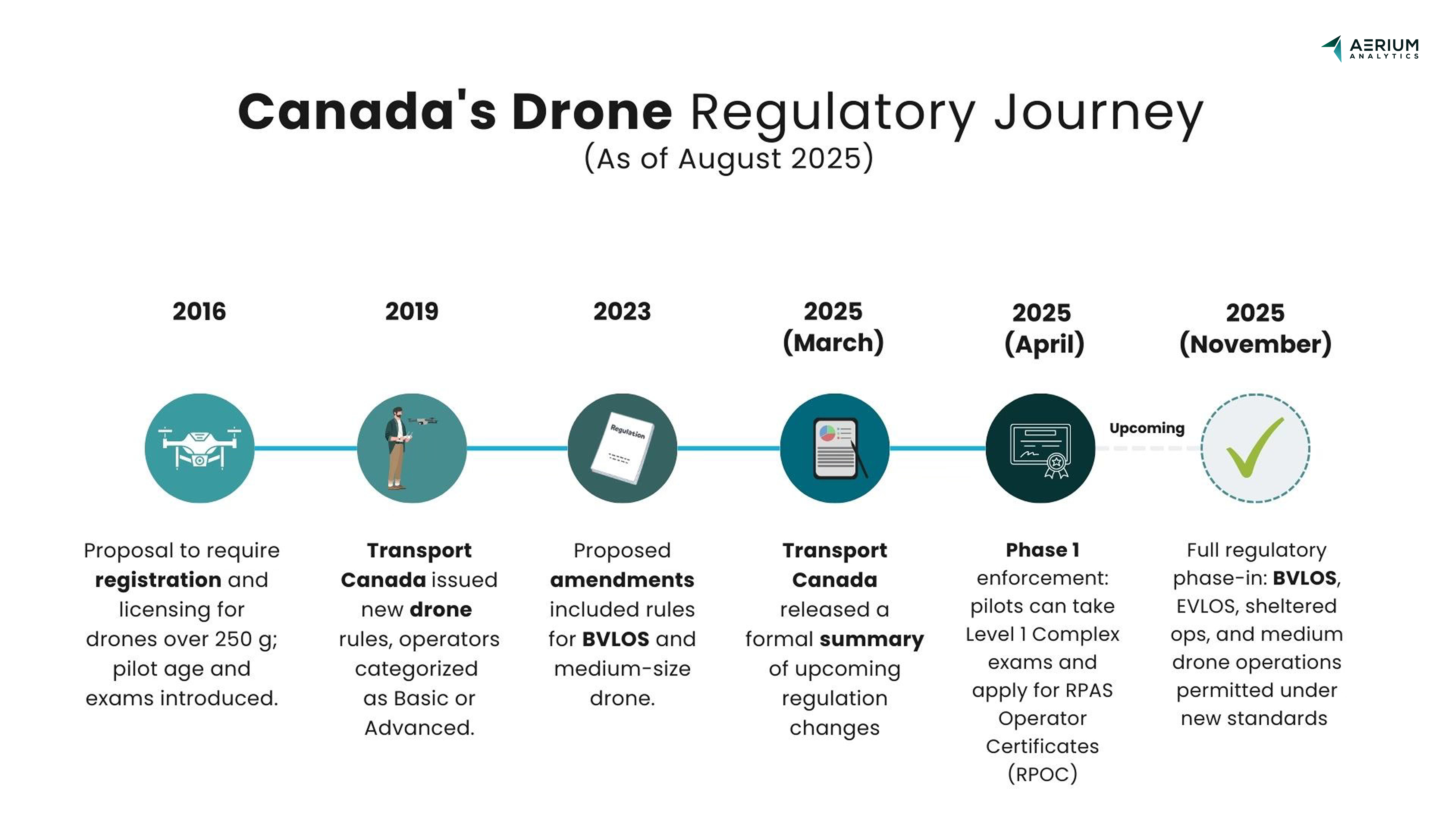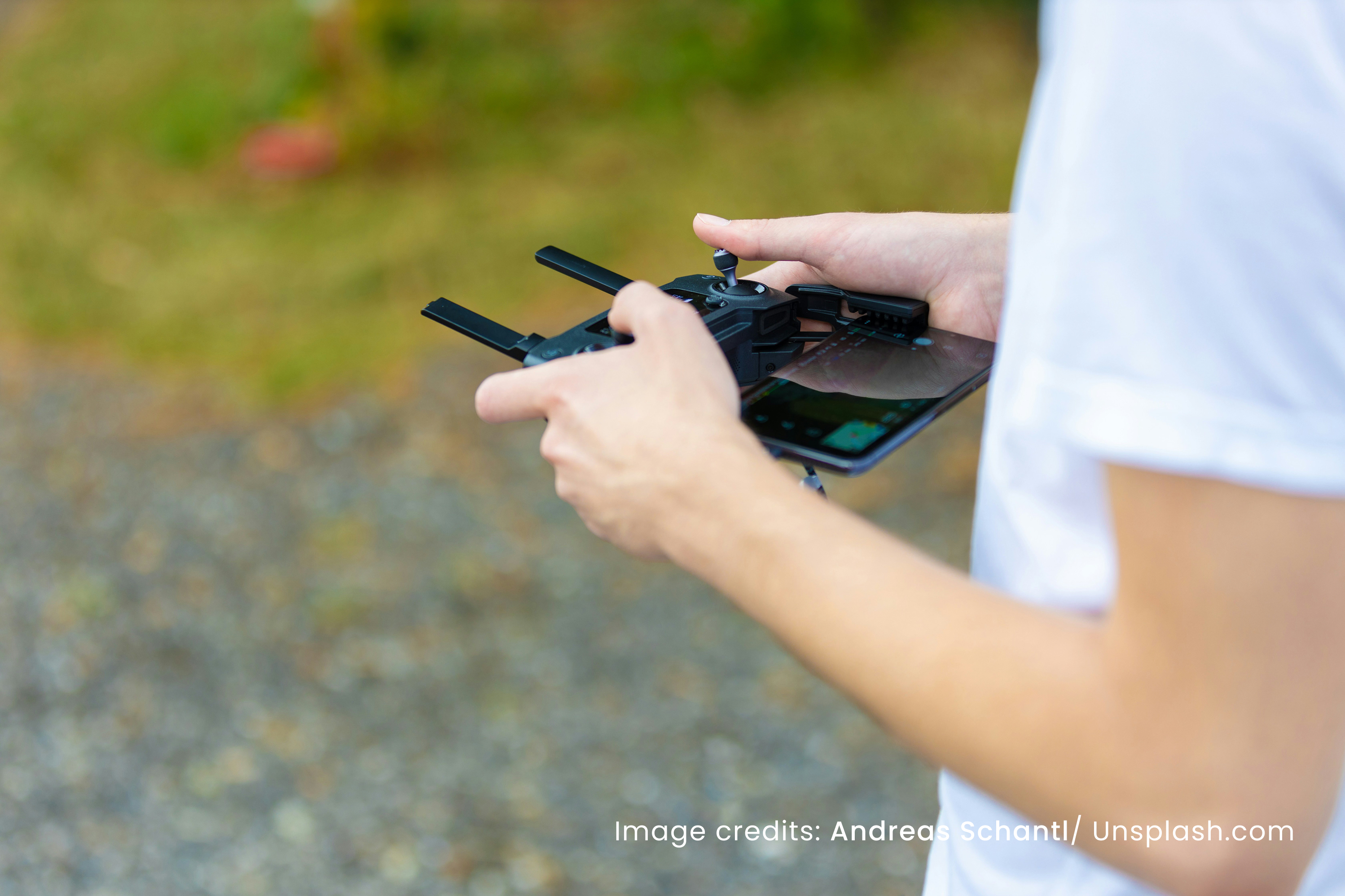
A Look at How Drone Regulations Have Evolved in Canada
For many drone operators in Canada, earlier drone regulations processes under Transport Canada rules often required special permissions. Especially for missions involving BVLOS (Beyond Visual Line-of-Sight) or operations in unfamiliar areas.
These approvals played an important role in ensuring safety and compliance, but they could be time-intensive.
Today, drone regulations are evolving to better reflect both technological progress and the operational needs of the industry. With clearer pathways to RPAS certification and structured frameworks for BVLOS Canada operations, Transport Canada is enabling more routine and scalable drone use across sectors like infrastructure, energy, and environmental monitoring.
Canada’s Drone Regulation Timeline

2016: Setting the Ground Rules for Canadian Drone Pilots
Transport Canada introduced drone registration and pilot licensing for any drone over 250 grams. You had to register your drone, pass an exam, and meet a minimum age requirement to fly, even if it was just for fun.
2019: Official Rules Land
Part IX of the Canadian Aviation Regulations took effect, creating two certification levels for drone pilots:
- Basic: For operations in uncontrolled airspace, away from people and airports
- Advanced: For more complex ops—closer to people, in controlled airspace
Whether you were flying for business or research, this standardized the rules.
Source: Indro Robotics – 2019 RPAS Regulation Guide
2023: Preparing for the Next Leap
By mid-2023, Canada Gazette published proposed amendments to the drone regulations. These included long-awaited changes for BVLOS (Beyond Visual Line-of-Sight) flights and medium drone operations. This marked the start of serious regulatory modernization.
2025 BVLOS Becomes Reality
March 2025: The Summary Drops
Transport Canada released its formal Summary of Regulatory Changes, including new frameworks for:
- BVLOS operations
- EVLOS (Extended Visual Line-of-Sight)
- Sheltered operations
- Medium drones (25–150 kg)
Instead of needing an SFOC every time, pilots could now train and apply for an RPAS Operator Certificate (RPOC) by passing the new Level 1 Complex Exam via the Drone Management Portal.
April 1, 2025: New System Goes Live
The Drone Management Portal opened for business. Pilots and organizations could start registering for the new certification process.
November 4, 2025: Full Phase-In (Upcoming)
This is the big one. As of November 4, 2025, certified pilots will be able to legally operate:
- BVLOS missions
- EVLOS flights
- Sheltered RPAS use
- Medium drones (25–150 kg)
All without needing individual SFOCs, if they meet the new RPOC standards.

Why It Matters for Real Drone Operations?
These changes unlock huge potential. BVLOS and medium drone operations are now scalable.
Think about what that means for:
- Long-range infrastructure inspection
- Agricultural and forestry missions
- Remote sensing and ecological surveys
Instead of waiting on permissions, certified teams can act quickly, saving time and adding value on the ground.
What Comes After 2025?
Canada isn’t done yet. Transport Canada has shared its long-term plans in its 2024 Annual Report and Corridor Strategy Evaluation.
Including:
- Dedicated BVLOS corridors
- Urban drone regulations
- More automation and traffic management tools
The road to BVLOS wasn’t overnight. Each rule change has shaped how operators plan, fly, and deliver results.
“These changes give operators a clear path forward. It’s the result of years of effort to balance safety and innovation, and it finally opens the door for BVLOS to become routine.”
— Dan Juhlin, Business Development Lead, Government & Defense at AERIUM Analytics
We see this journey not just as regulatory evolution, but as proof of how far the industry has come, and how much more is ahead. From RoBird™ wildlife deterrence to long-range infrastructure surveys, AERIUM’s strength is combining drone expertise with regulatory fluency, environmental science, and data precision. It’s this combination that creates value beyond the drone.

